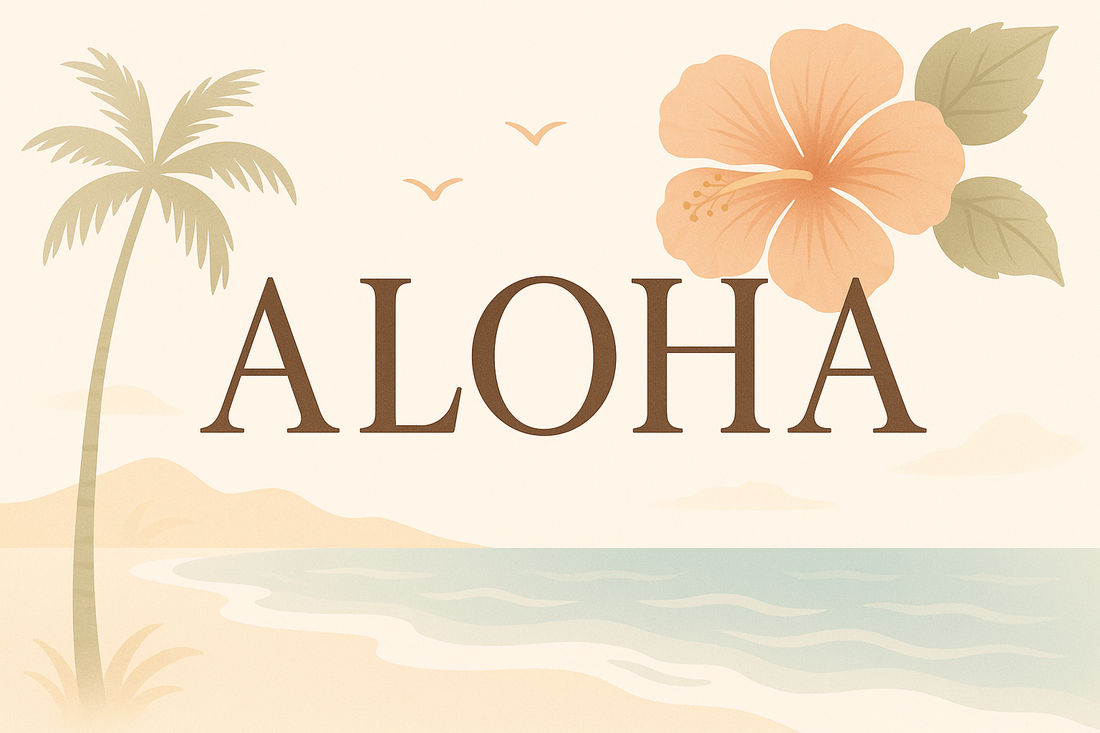
The Hawaiian Alphabet: A Gateway to Island Language and Culture
The Hawaiian alphabet, known as ka pī'āpā Hawaiʻi, is one of the shortest alphabets in the world with just 13 letters. This beautiful and melodic language is an essential part of Hawaiian culture and identity, and learning about it opens a window into the rich linguistic heritage of the islands.
The 13 Letters of Hawaiian
The Hawaiian alphabet consists of:
- 5 vowels: a, e, i, o, u
- 8 consonants: h, k, l, m, n, p, w, ʻ (ʻokina)
Each vowel can be pronounced short or long, and the ʻokina (glottal stop) is considered a consonant that creates a brief pause in speech, similar to the pause in the English expression 'uh-oh.'
The Story Behind the Alphabet
Before Western contact, Hawaiian was an oral language with no written form. In the 1820s, American missionaries worked with Hawaiian scholars to create a written system. They chose letters that best represented the sounds of spoken Hawaiian, resulting in this beautifully simple alphabet.
Pronunciation Made Simple
Hawaiian pronunciation is wonderfully consistent:
- A sounds like 'ah' (as in father)
- E sounds like 'eh' (as in bet)
- I sounds like 'ee' (as in see)
- O sounds like 'oh' (as in go)
- U sounds like 'oo' (as in moon)
Common Hawaiian Words You Know
You probably already know several Hawaiian words:
- Aloha - love, hello, goodbye
- Mahalo - thank you
- Ohana - family
- Keiki - child
- Poke - to slice or cut
Why Hawaiian Language Matters
The Hawaiian language nearly disappeared in the 20th century, but dedicated efforts have brought it back from the brink. Today, Hawaiian immersion schools, university programs, and cultural initiatives are helping new generations learn ʻŌlelo Hawaiʻi (the Hawaiian language).
Learning even basic Hawaiian words shows respect for the culture and helps preserve this beautiful language. When you understand the meaning behind place names like Waikīkī (spouting water) or Mauna Kea (white mountain), you gain a deeper appreciation for the islands' natural beauty and cultural significance.
At Hawaiian Flair, we honor the Hawaiian language by using authentic terms respectfully and supporting efforts to keep this precious part of Hawaiian culture alive for future generations.